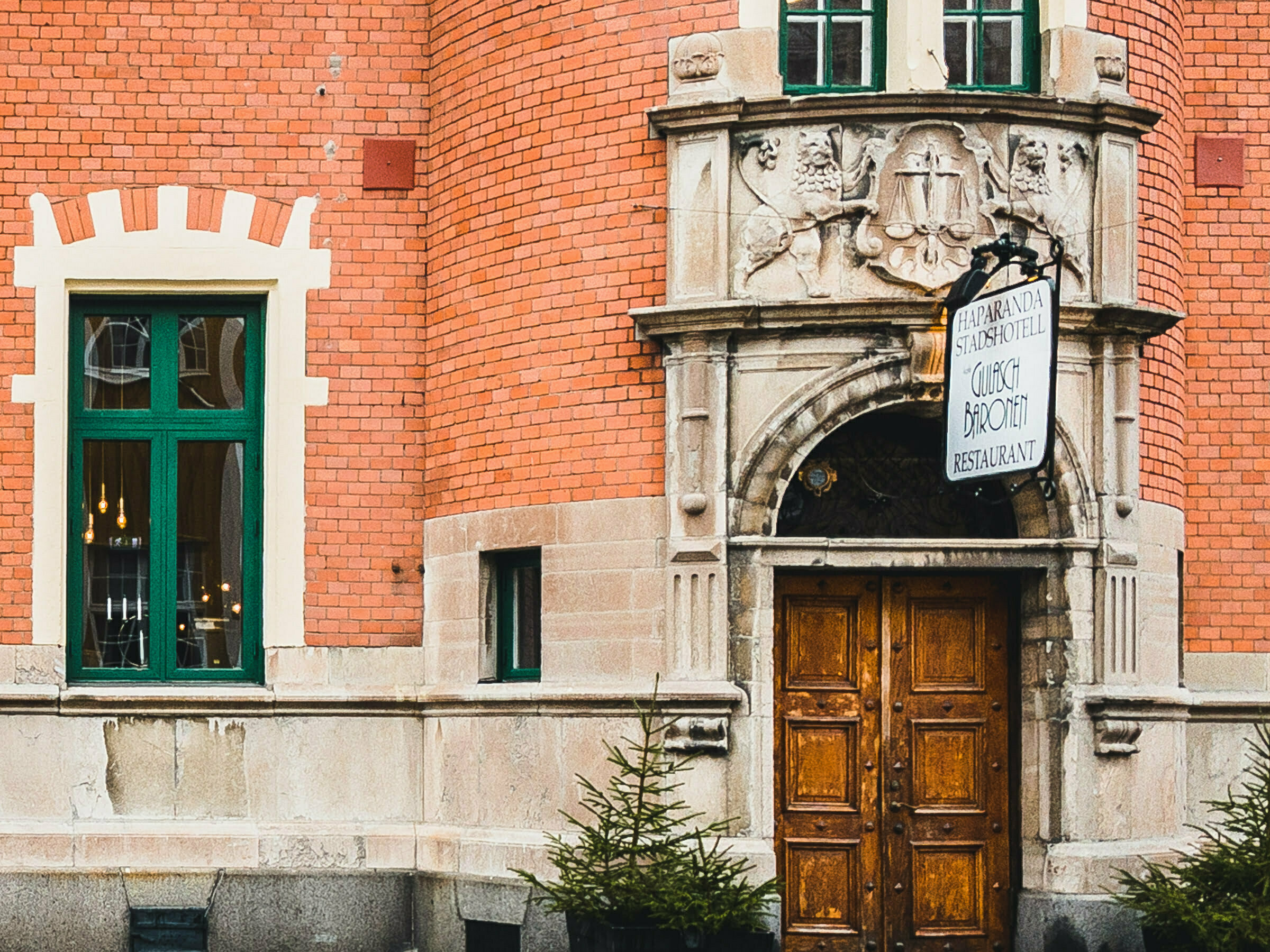Tornio was founded by the Swedish king in 1621 and Haparanda 200 years after, in 1821. Read more about HaparandaTornio’s exceptionally rich history and culture.
Borderless living
When Finland passed from Swedish rule to Russian rule in 1809, the ancient cultural area was divided in two. With the new border, many riverside villages that were inhabited on both banks split into two separate villages. You will notice the similar names of the villages, for example, Kukkola is Kukkola also on the Swedish side.
The border launched a different development for different sides, but after a difficult transition period, the situation leveled off and cultural unity still exists. One of the most important unifying factors is the common language, Finnish and Meänkieli.
The border is now considered to be an asset, and an important part of local culture and identity. Cooperation projects and the reduction of border formalities have increased the movement of people across the river. Efforts have been made to make the river a unifying rather than a dividing factor.
Thomas Cook, one of the first tour operators, has defined a globetrotter in 1800s. According to him, a true globetrotter has visited Timbuktu, Samarkand and Haparanda.
History of the twin city
Tornio is the most important border crossing between Finland and Sweden. Gustav II Adolf founded the city of Tornio in 1621. At the time Tornio was the northernmost city of the world. The significance of the medieval trading city grew and for some years Tornio was the richest city of the Swedish kingdom.
After the War of Finland in 1809 Sweden lost Finland to Russia and the new border was drawn along the River Tornio. The village of Haparanda became a part of Sweden and Tornio a part of Russia. Haparanda benefitted from the closeness of Tornio and the newly founded customs. Haparanda became a borough in 1827 and because of the modern buildings constructed, in 1842 Haparanda acquired town privileges.
Culture in Tornio Valley
The city of Haparanda has gone through many dramatic periods during its history. During the First World War the city was a gate between east and west. The amount of goods transported via Haparanda was so massive that the post office had to build an aerial cable line over Tornio River. The line was in use in the years 1917-1918.
The population in Tornio Valley has its roots in Western and Eastern Finland, Savo, Northern Finland and Sweden, but also in the Sámi people.Our culture is rich and unique. We are multilingual and multicultural.
The scenic Tornio Valley is a geographical and cultural area in northern Finland and northern Sweden. The Tornio Valley is dominated by the free-flowing Tornionjoki river or Väylä, as we call it. The area is fertile and full of natural treasures: fish, game and berries. No wonder it is the earliest permanently inhabited area in Northern Finland. The earliest known sign of man in the Tornio Valley dates as far back as 10,000 years ago and was found in the residential area of Pajala.
The cultural environment of Tornio Valley includes the historic towns at the bottom of the Bothnian Bay and the lush river valley with its beautiful courtyards, as well as the rugged fell scenery of Pallas and Ylläs. Solid ancient remains are well known in the area, and the oldest villages have established themselves in their present places as early as the Middle Ages. Over time, the cultural landscape of Tornio Valley has retained its characteristic features well.
Meänmaa and Meänkieli
In Sweden, the Tornio Valley region is also called Meänmaa: there the inhabitants of Tornio Valley have minority status, and the dialect, Meänkieli, has the status of a minority language. In Sweden, the official administrative districts of Meänkieli are Haparanda, Jällivaara, Kalix, Kiruna, Pajala and Övertorneå.
Meänmaa has its own national day on July 15th, as well as its own flag, Meänmaa flaku. The people of Meänmaa meet regularly to discuss regional issues.The Meänmaa association has been established to promote the language and culture.

